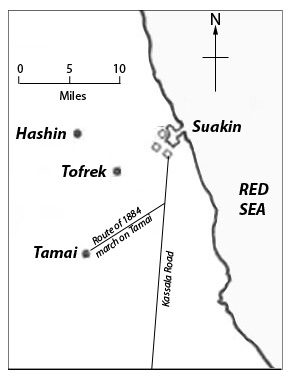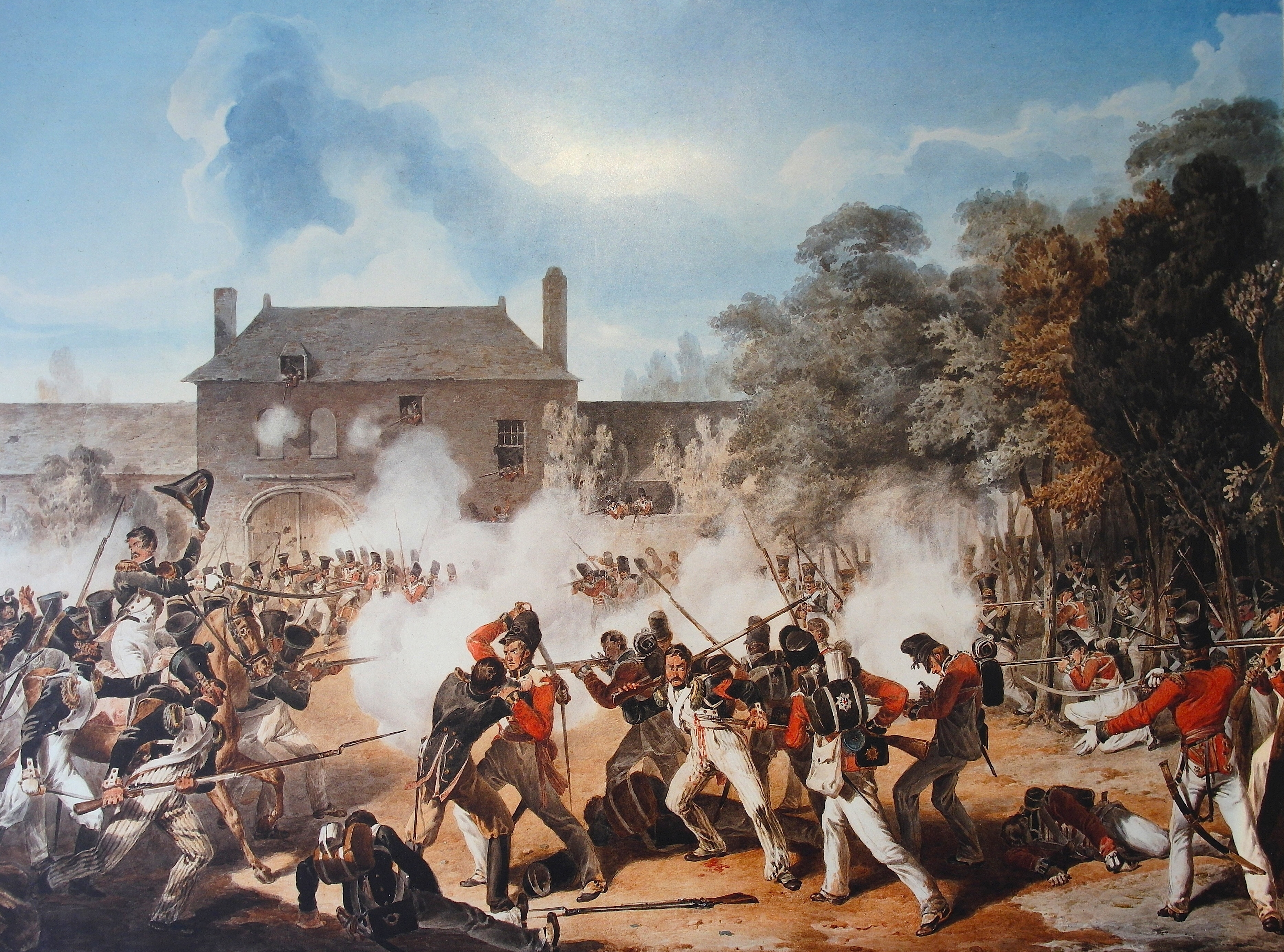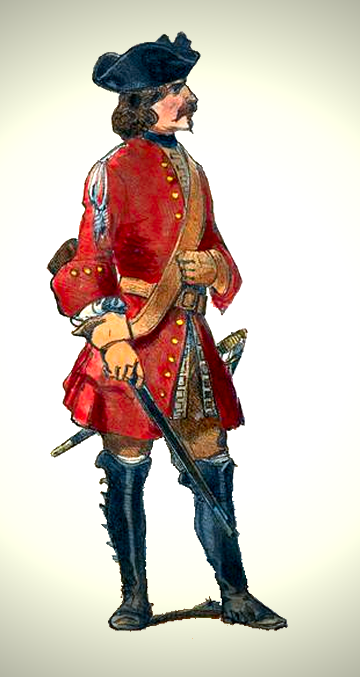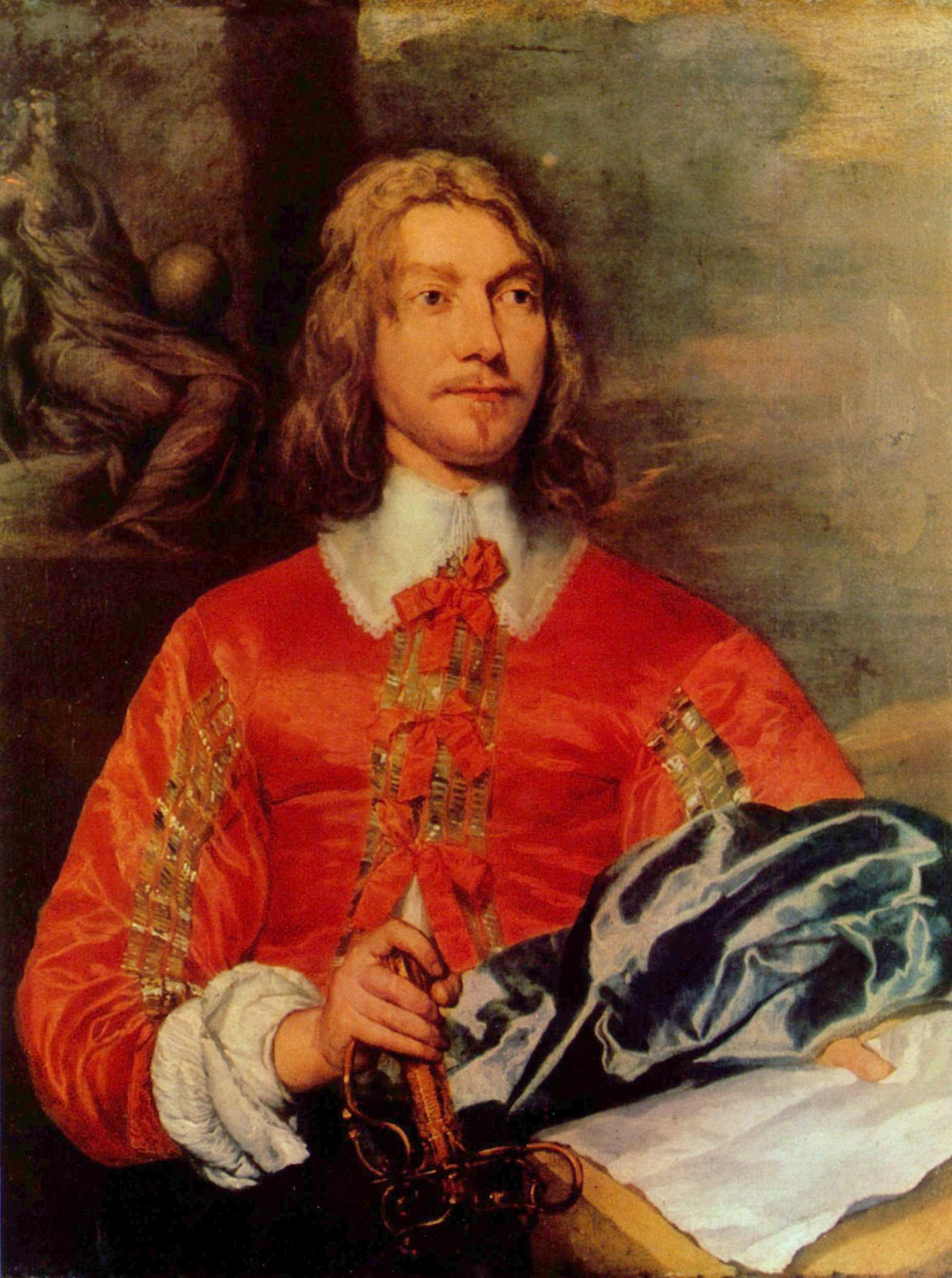|
Battle Of Tofrek
The Battle of Tofrek was fought on 22 March 1885 some 5 miles inland from the port of Suakin on the Red Sea coast of Sudan. A contingent of some 3,000 troops from the British and Indian Suakin Expedition#Second expedition, "Suakin Field Force" led by Major General John McNeill (British Army officer), Sir John Carstairs McNeill (under the overall command of General Gerald Graham) was attacked by a Mahdist War, Mahdist force under the leadership of Osman Digna. The Mahdists were heavily defeated, losing some 1,000 of their 2,000 fighters as compared to the loss of 70 British and Indian soldiers plus over 100 casualties. Background The sacking of Khartoum and the killing of Charles George Gordon, General Gordon and the massacre of thousands of civilians at the hands of Muhammad Ahmad, Mahdist warriors in January 1885, together with the failure of the relief effort of Garnet Wolseley, 1st Viscount Wolseley, General Wolseley's Nile Expedition, prompted the British government to revive ... [...More Info...] [...Related Items...] OR: [Wikipedia] [Google] [Baidu] |
Mahdist War
The Mahdist War (; 1881–1899) was fought between the Mahdist Sudanese, led by Muhammad Ahmad bin Abdullah, who had proclaimed himself the "Mahdi" of Islam (the "Guided One"), and the forces of the Khedivate of Egypt, initially, and later the forces of Britain. After four years, the Mahdist rebels overthrew the Ottoman-Egyptian administration with the fall of Khartoum and gained control over Sudan. The Mahdist State launched several unsuccessful invasions of their neighbours, expanding the scale of the conflict to also include the Italian Empire, the Congo Free State and the Ethiopian Empire. They also faced significant internal rebellion. Anglo-Egyptian forces reconquered Sudan in 1898 and the Mahdist state collapsed following defeat at the battle of Omdurman. The last organised resistance from the Mahdists ended the next year, leading to the creation of Anglo-Egyptian Sudan (1899–1956), a ''de jure'' condominium of the British Empire, and the Kingdom of Egypt, in which ... [...More Info...] [...Related Items...] OR: [Wikipedia] [Google] [Baidu] |
Suakin-Berber Railway
The Suakin-Berber railway on the Red Sea coastal region in Sudan was a short-lived military project that never reached completion. Its construction began in February 1885, being intended to provide a connection between Berber on the River Nile and Suakin on the Red Sea littoral for the rapid deployment of troops and military equipment in Britain’s involvement in the Mahdist war. In May 1885, after barely three of months of work during which only 20 of the intended 280 miles of track had been laid, at a cost approaching £1 million, Britain suspended its war with the Mahdi, pulled out of the Sudan and terminated the Suakin-Berber railway. The escalating difficulties and costs of building the railway served to provide ammunition to Gladstone's opponents in Parliament and in so doing helped in bringing down his second administration. Background In 1883 Britain became involved in hostilities against the Mahdi revolt, sending General Gordon to Khartoum to organize the evacuati ... [...More Info...] [...Related Items...] OR: [Wikipedia] [Google] [Baidu] |
Coldstream Guards
The Coldstream Guards is the oldest continuously serving regular regiment in the British Army. As part of the Household Division, one of its principal roles is the protection of the Monarchy of the United Kingdom, monarchy; due to this, it often participates in state ceremonial occasions. The Regiment has consistently provided formations on deployments around the world and has fought in the majority of the major conflicts in which the British Army has been engaged. The Regiment has been in continuous service and has never been amalgamated. It was formed in 1650 as 'Monck's Regiment of Foot' and was then renamed the 'Lord General's Regiment of Foot Guards' after the Stuart Restoration, Restoration in 1660. With George Monck, 1st Duke of Albemarle, George Monck's death in 1670 it was again renamed the 'Coldstream Regiment of Foot Guards' after Coldstream, the location in Scotland from which it marched to help restore the monarchy in 1660. Its name was again changed to the 'Coldstre ... [...More Info...] [...Related Items...] OR: [Wikipedia] [Google] [Baidu] |
Grenadier Guards
The Grenadier Guards (GREN GDS) is the most senior infantry regiment of the British Army, being at the top of the Infantry Order of Precedence. It can trace its lineage back to 1656 when Lord Wentworth's Regiment was raised in Bruges to protect the exiled Charles II of England, Charles II. In 1665, this regiment was combined with John Russell's Regiment of Guards to form the current regiment, known as the 1st Regiment of Foot Guards. Since then, the regiment has filled both a ceremonial and protective role as well as an operational one. In 1900, the regiment provided a Cadre (military), cadre of personnel to form the Irish Guards; in 1915 it also provided the basis of the Welsh Guards upon their formation. The regiment's early history saw it take part in numerous conflicts including the War of the Spanish Succession, the War of the Austrian Succession, the Seven Years' War, and the Napoleonic Wars; at the end of this period the regiment was granted the "Grenadier" designation by ... [...More Info...] [...Related Items...] OR: [Wikipedia] [Google] [Baidu] |
Royal Horse Artillery
The Royal Horse Artillery (RHA) was formed in 1793 as a distinct arm of the Royal Regiment of Artillery (commonly termed Royal Artillery) to provide horse artillery support to the cavalry units of the British Army. Although the cavalry link remained part of its defining character, as early as the Battle of Waterloo the RHA was sometimes deployed more along the lines of conventional field artillery, fighting from comparatively fixed positions. The Royal Horse Artillery, currently consists of three regiments, (1st Regiment Royal Horse Artillery, 1 RHA, 3rd Regiment Royal Horse Artillery, 3 RHA and 7th Parachute Regiment Royal Horse Artillery, 7 RHA) and one ceremonial unit (King's Troop, Royal Horse Artillery). Almost all the batteries of the Royal Horse Artillery have served continuously since the French Revolutionary Wars or Napoleonic Wars, except the King's Troop, created in 1946, and M Battery Royal Horse Artillery, M Battery, which was 'reanimated' in 1993. Horses are still ... [...More Info...] [...Related Items...] OR: [Wikipedia] [Google] [Baidu] |
Mounted Infantry
Mounted infantry were infantry who rode horses instead of marching. Unlike cavalry, mounted infantry dismounted to fight on foot. The original dragoons were essentially mounted infantry. According to the ''Encyclopædia Britannica Eleventh Edition'' (1910–1911), "Mounted rifles are half cavalry, mounted infantry merely specially mobile infantry." Today, with motor vehicles having replaced horses for military transport, the motorized infantry are in some respects successors to mounted infantry. History Pre-gunpowder The origins of mounted infantry go back to at least the beginnings of organised warfare. With the weight of ancient bronze Body armor, armor, the opposing Champion warfare, champions would travel to battle on chariots before dismounting to fight. With the evolution of hoplite warfare, some hoplites would travel to battle on horseback, before dismounting to take their place in the phalanx. The early pre-Gaius Marius, Marian Military of ancient Rome, Roman military had ... [...More Info...] [...Related Items...] OR: [Wikipedia] [Google] [Baidu] |
20th Hussars
The 20th Hussars was a cavalry regiment of the British Army. After service in the First World War it was amalgamated with the 14th King's Hussars to form the 14th/20th King's Hussars in 1922. History Early wars The regiment was originally raised in Bengal by the East India Company as the 2nd Bengal European Light Cavalry in 1858, for service in the response to the Indian Rebellion. It was renamed the 2nd Bengal European Cavalry in 1859 and in 1862, while based in Mathura, it was transferred to the British Army and renamed the 20th Regiment of Hussars. It became the 20th Hussars in 1877. The regiment remained on the North West Frontier and participated in the Ambela Campaign in autumn 1863 and the Hazara Expedition in October 1868 before moving to England in 1872. The regiment was based in Ireland from 1879 to 1884. The regiment was sent to Sudan as part of the Suakin Expedition in February 1885 and took part in the Battle of Tofrek in March 1885 and the Battle of Ginni ... [...More Info...] [...Related Items...] OR: [Wikipedia] [Google] [Baidu] |
5th Royal Irish Lancers
The 5th Royal Irish Lancers was a Cavalry regiments of the British Army, cavalry regiment of the British Army. It saw service for three centuries, including the World War I, First World War. It amalgamated with the 16th The Queen's Lancers to become the 16th/5th The Queen's Royal Lancers, 16th/5th Lancers in 1922. History Early wars The regiment was originally formed in 1689 by Brigadier James Wynne as James Wynne's Regiment of Dragoons. It fought at the Battle of the Boyne in July 1690 and at the Battle of Aughrim later that month under William III of England, King William III. Renamed the Royal Dragoons of Ireland in 1704, it went on to fight under the John Churchill, 1st Duke of Marlborough, Duke of Marlborough at the Battle of Blenheim in August 1704 during the War of the Spanish Succession. At the Battle of Ramillies in May 1706 the regiment helped capture the entire French "Regiment du Roi", after which it fought at the Battle of Oudenarde in July 1708 and at the Battle of ... [...More Info...] [...Related Items...] OR: [Wikipedia] [Google] [Baidu] |
Madras Engineer Group
Madras Engineer Group (MEG), informally known as the Madras Sappers, is an engineer group of the Corps of Engineers of the Indian Army. The Madras Sappers draw their origin from the erstwhile Madras Presidency army of the British Raj. This regiment has its HQ in Bengaluru. The Madras Sappers are the oldest of the three groups of the Corps of Engineers. The Madras Sappers were the only regiment of the Madras Presidency Army to survive unscathed the extensive reorganisations that took place between 1862 and 1928. The ''thambis'', as the troops of the Madras Sappers are popularly known, with their hallmark Shakos have distinguished themselves in many battlefields around the world for more than 200 years. The Bangalore torpedo, a mine-clearing explosive device, was invented in the Centre at Bengaluru in the early years of the Twentieth Century. Timeline * 1780 – Created ''Madras Pioneers'' from two company of Pioneers (On 30 September 1780 at Madras Patnam) * 1831 – Rena ... [...More Info...] [...Related Items...] OR: [Wikipedia] [Google] [Baidu] |
History Of The Royal Marines
The history of the Royal Marines began on 28 October 1664 with the formation of the Duke of York and Albany's Maritime Regiment of Foot soon becoming known as the Admiral's Regiment. During the War of the Spanish Succession the most historic achievement of the Marines was the capture of the mole (architecture), mole during the assault on Gibraltar (sailors of the Royal Navy captured the Rock itself) in 1704. On 5 April 1755, His Majesty's Marine Forces, fifty Companies in three Divisions, headquartered at Portsmouth, Chatham, Kent, Chatham and Plymouth, were formed by Order of Council under British Admiralty, Admiralty control. The Royal Marine Artillery was formed as an establishment within the United Kingdom, British Royal Marines in 1804 to man the artillery in bomb vessels. As their coats were the blue of the Royal Regiment of Artillery, this group was nicknamed the "Blue Marines" and the Infantry element, who wore the scarlet coats of the British infantry, became known as the ... [...More Info...] [...Related Items...] OR: [Wikipedia] [Google] [Baidu] |
East Surrey Regiment
The East Surrey Regiment was a line infantry regiment of the British Army in existence from 1881 until 1959. The regiment was formed in 1881 under the Childers Reforms by the amalgamation of the 31st (Huntingdonshire) Regiment of Foot, the 70th (Surrey) Regiment of Foot, the 1st Royal Surrey Militia and the 3rd Royal Surrey Militia. In 1959, after service in the Second Boer War and both World War I and World War II, the East Surrey Regiment was amalgamated with the Queen's Royal Regiment (West Surrey) to form the Queen's Royal Surrey Regiment, which was, in 1966, merged with the Queen's Own Buffs, The Royal Kent Regiment, the Royal Sussex Regiment and the Middlesex Regiment (Duke of Cambridge's Own) to form the Queen's Regiment. The Queen's Regiment was subsequently amalgamated with the Royal Hampshire Regiment to form the present Princess of Wales's Royal Regiment (Queen's and Royal Hampshires). History Early history In 1702 a regiment of marines was raised in the West Country b ... [...More Info...] [...Related Items...] OR: [Wikipedia] [Google] [Baidu] |
Royal Berkshire Regiment
The Royal Berkshire Regiment (Princess Charlotte of Wales's) was a line infantry regiment of the British Army in existence from 1881 until 1959. The regiment was created in 1881, as the Princess Charlotte of Wales's (Royal Berkshire Regiment), by the amalgamation of the 49th (Princess Charlotte of Wales's) (Hertfordshire) Regiment of Foot and the 66th (Berkshire) Regiment of Foot. In 1921, it was renamed the Royal Berkshire Regiment (Princess Charlotte of Wales's). The regiment saw active service in the Second Boer War, World War I and World War II. On 9 June 1959, the Royal Berkshire Regiment (Princess Charlotte of Wales's) was amalgamated with the Wiltshire Regiment, Wiltshire Regiment (Duke of Edinburgh's) to form the Duke of Edinburgh's Royal Regiment, Duke of Edinburgh's Royal Regiment (Berkshire and Wiltshire) which was again amalgamated, on 27 July 1994, with the Gloucestershire Regiment to create the Royal Gloucestershire, Berkshire and Wiltshire Regiment. Like its predece ... [...More Info...] [...Related Items...] OR: [Wikipedia] [Google] [Baidu] |










